On March 29, the Government Office issued document No. 2082 conveying the opinion of Deputy Prime Minister Tran Hong Ha regarding the submission of dossiers on "Mo Muong" and "Cheo Art" to the United Nations Educational, Scientific and Cultural Organization (UNESCO).
Accordingly, considering the proposal of the Ministry of Culture, Sports and Tourism , the Deputy Prime Minister agreed to submit to UNESCO for consideration the inclusion of the intangible cultural heritage "Cheo Art" in the list of representative intangible cultural heritage of humanity.
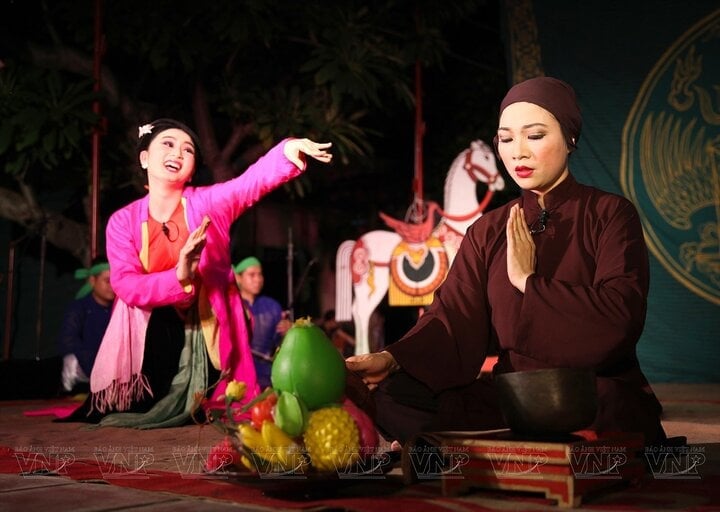
A scene from the traditional Vietnamese opera Quan Am Thi Kinh, depicting Thi Mau going to the temple. (Photo: VNA)
In addition, the Deputy Prime Minister agreed to submit the intangible cultural heritage "Mo Muong" to UNESCO for consideration and inclusion in the list of intangible cultural heritages in need of urgent safeguarding.
Deputy Prime Minister Tran Hong Ha authorized the Minister of Culture, Sports and Tourism to sign the documents as prescribed.
The Vietnam National UNESCO Committee has been assigned by the Government to preside over and coordinate with the Ministry of Culture, Sports and Tourism in carrying out the necessary procedures to submit heritage dossiers to UNESCO, ensuring compliance with the timeframe stipulated by the 2003 Convention on the Protection of Intangible Cultural Heritage and the laws on cultural heritage.
Cheo is a form of Vietnamese folk theater art that flourished and became popular in the Red River Delta, along with two other regions: the midland and mountainous areas of Northern Vietnam and North Central Vietnam.
Traditional Vietnamese opera (Chèo) is popular and often associated with folk festivals to give thanks to the gods for a bountiful harvest, prosperity for the villagers, and to allow farmers, who usually work in the fields, to interact and express their feelings.
Throughout its long history, from the 10th century to the present day, Cheo (traditional Vietnamese opera) has deeply permeated cultural and social life, depicting the simple lives of farmers and praising noble human qualities. Alongside this, there are also Cheo plays that are humorous, critical of vices and bad habits, against injustice, and express love, tolerance, and forgiveness.
Mo Muong is a folk performance art expressed in rituals associated with the spiritual and religious life of the Muong people. The performance and chanting of the mo takes place within the community and in individual families holding a ritual.
The practitioners of Mo Muong are the shamans, who possess the knowledge of Mo, have memorized tens of thousands of Mo verses, and are proficient in the rituals and customs. They are respected figures trusted by the community. During the ritual, the shaman is the one who speaks, recites, and sings the Mo songs.
The Muong people do not have their own written language, so their incantations (mo chants) are passed down from one generation of shamans to the next through oral tradition, and are preserved and maintained through folk rituals of the Muong people.
Source


![[Photo] Prime Minister Pham Minh Chinh holds a phone call with the CEO of Russia's Rosatom Corporation.](/_next/image?url=https%3A%2F%2Fvphoto.vietnam.vn%2Fthumb%2F1200x675%2Fvietnam%2Fresource%2FIMAGE%2F2025%2F12%2F11%2F1765464552365_dsc-5295-jpg.webp&w=3840&q=75)







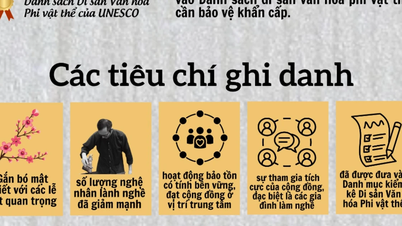






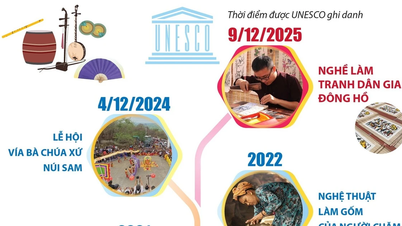

























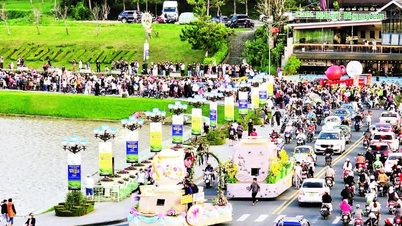

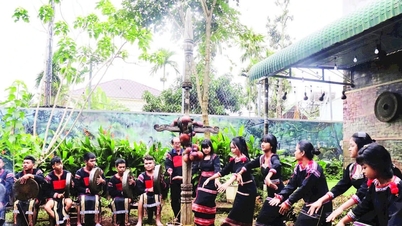
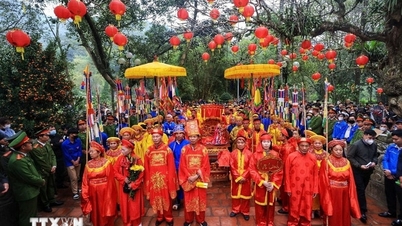

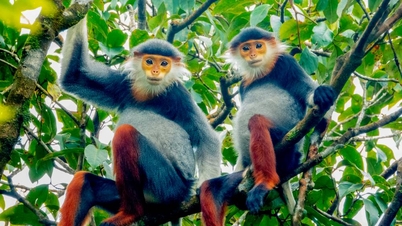



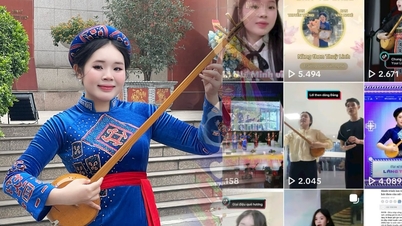


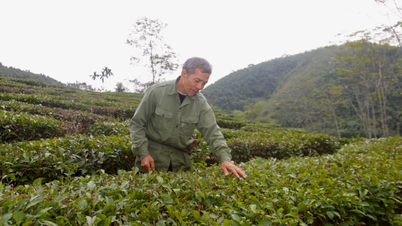







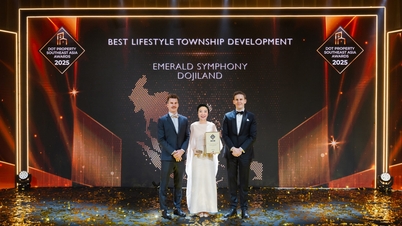
















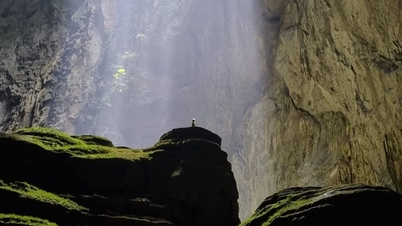




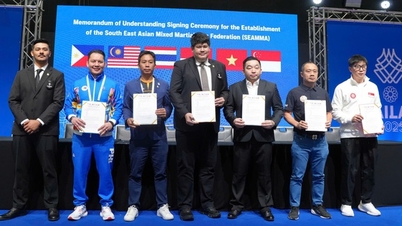

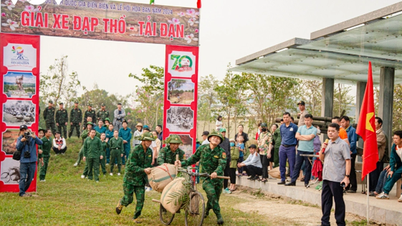






















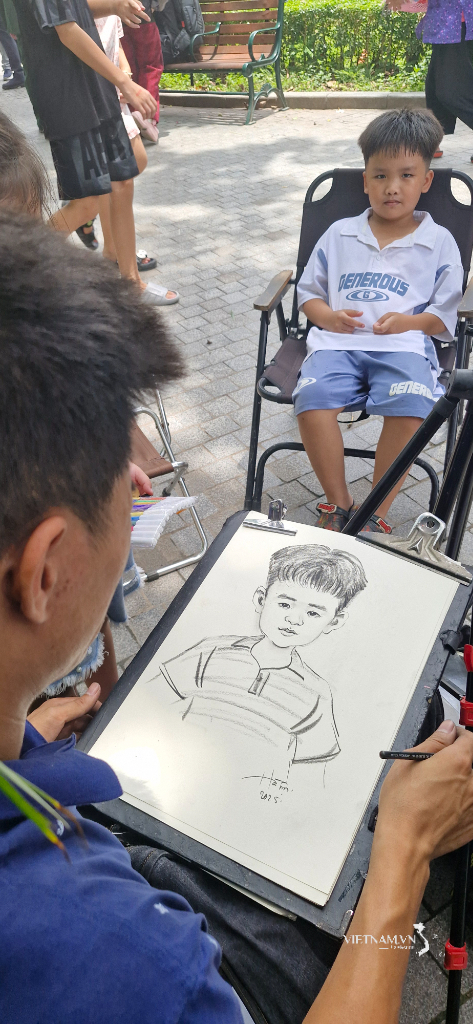
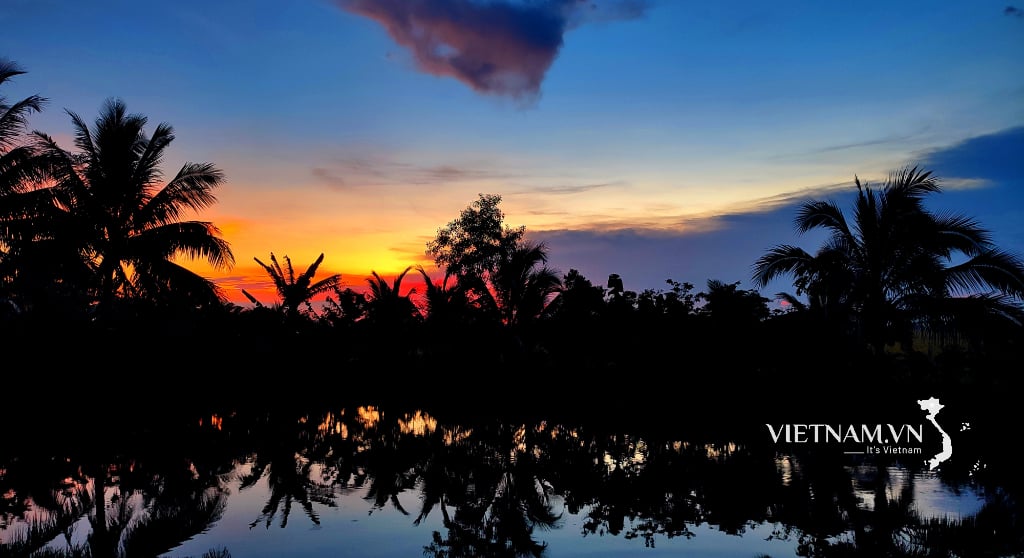
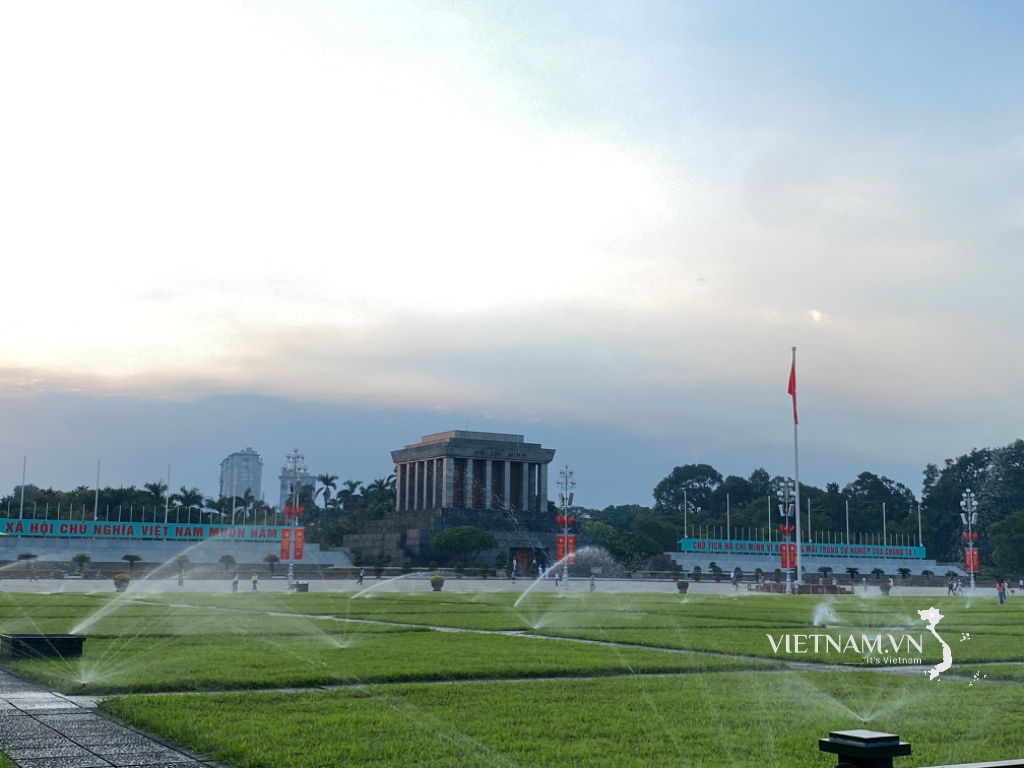
Comment (0)